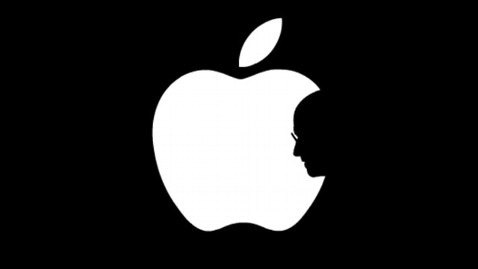
Check out the full size advertisement here.
This is such a fun advertisement. Just looking at it gives you a good and friendly feeling. First, the color and the large instrument grab our attention. When relating this advertisement to Burke's motives, we can easily see the irony. It is easy to find the sousaphone, even if you are not exactly sure what a sousaphone is. We notice the sousaphone before any individuals in the image. There are questions to be asked when analyzing an advertisement. We should know what the intentions of the ad are and also, what does the text ask us to assume? The advertisement is obviously trying to relay the message that everyone deserves free checking accounts, regardless of who you may be. Without the text in this advertisement, the pun and irony is lost. The text is what anchors the entire advertisement, which is what gives us good feeling when we read it. When analyzing advertisements, it is important to understand who is empowered or disempowered. It is clear that everyone is empowered when looking at this advertisement. Not only is everyone empowered by this advertisement, but it also compliments you on your so called sousaphone knowledge.
Keeping advertisements fun and playful open them up to a larger audience, therefore reaching more people. The irony and puns found in this advertisement makes it fun for anyone, regardless of whether or not you even need a checking account. The illustrator was able to convey the overall message in a very friendly and welcoming way which is the perfect way for a bank to portray themselves.





